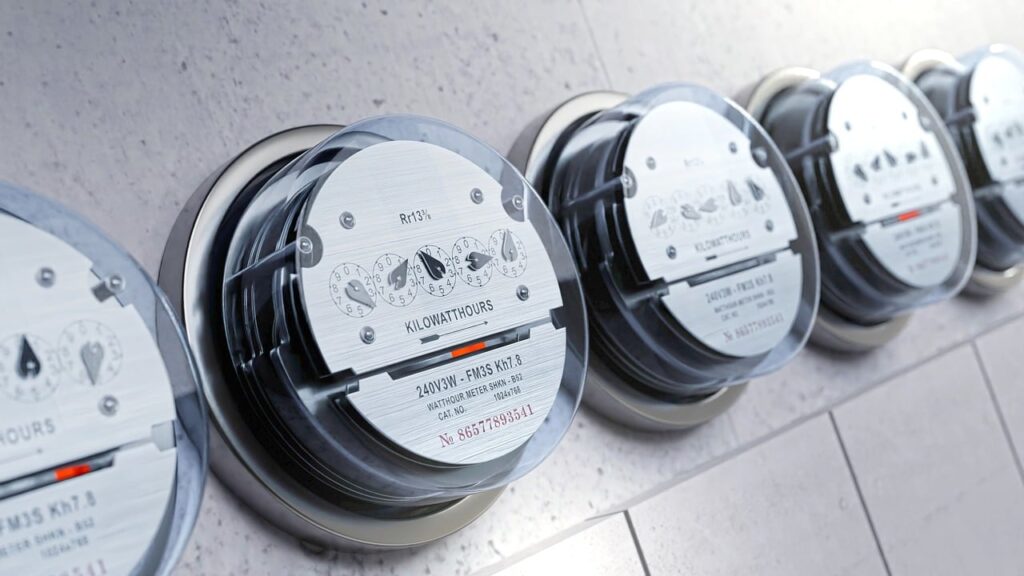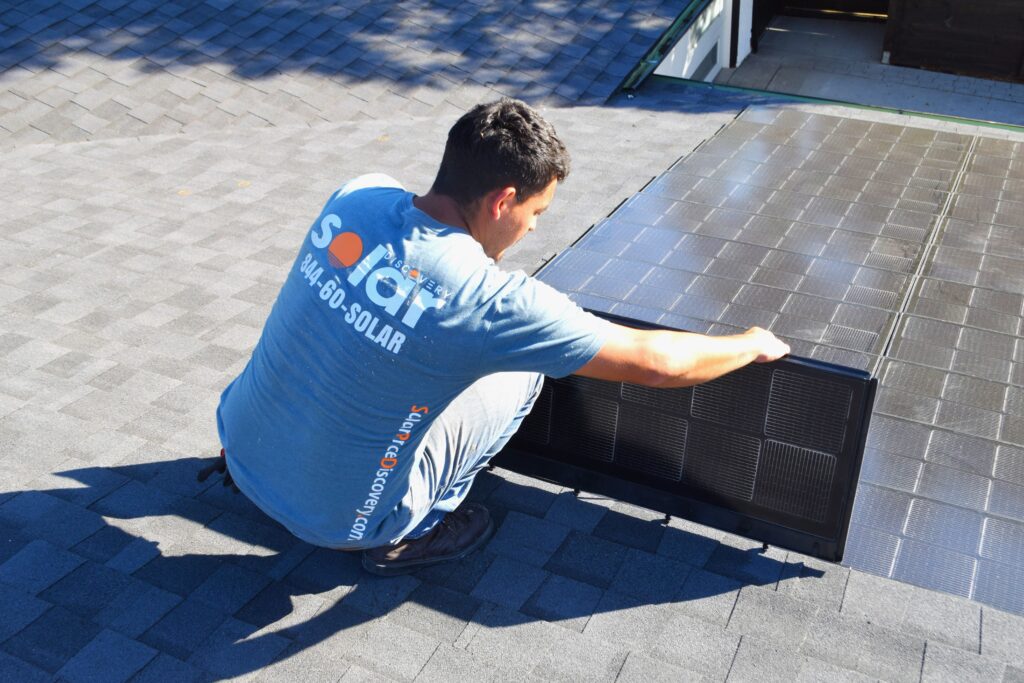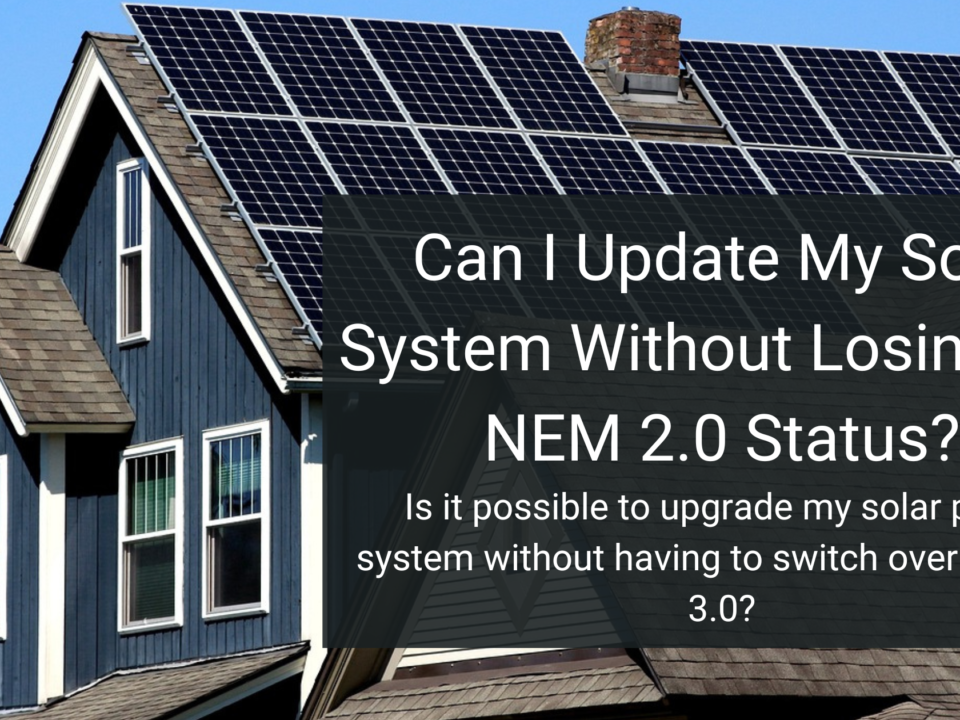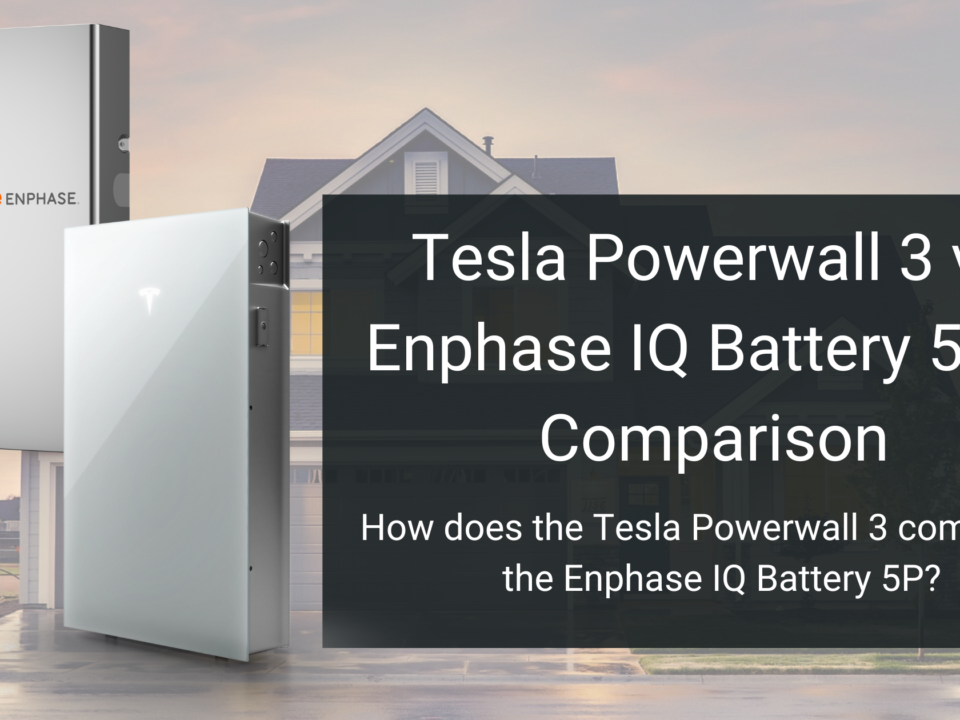
The implementation of NEM 3.0 has made consumers and solar companies more cognizant of the need to optimize the power your solar system produces, which has led to a shift towards pairing solar with storage systems. While batteries used to be more of a luxury item used primarily as backup energy for blackouts, they are now a crucial part of the solar power ecosystem. The best way to maximize your solar power and therefore increase your savings on the new NEM 3.0 is to pair your solar system with a battery.
Policies like NEM, as well as evolving technologies and market trends, will continue to shape the future of solar energy in California, across the United States, and around the globe.








